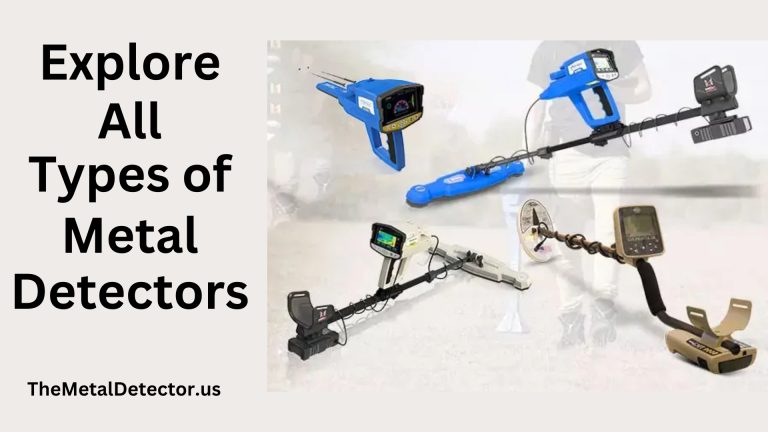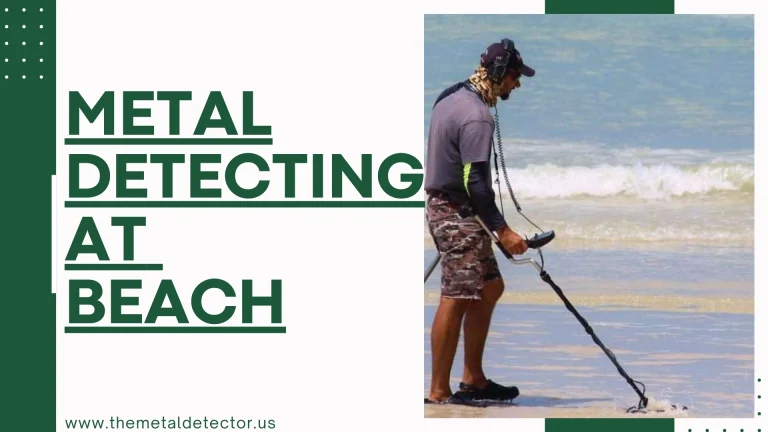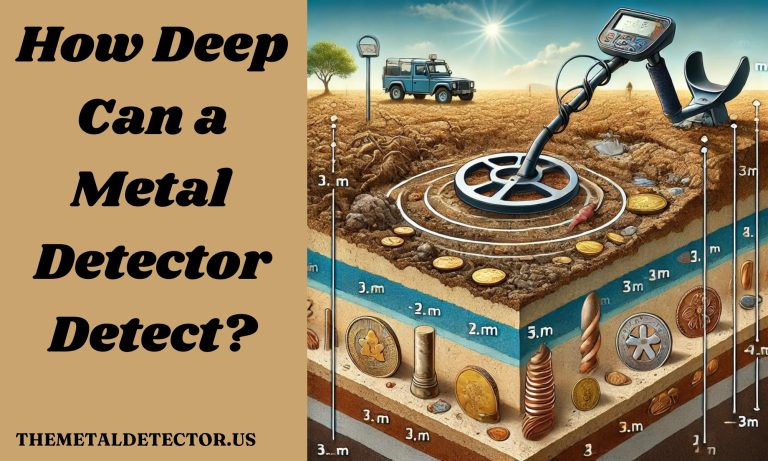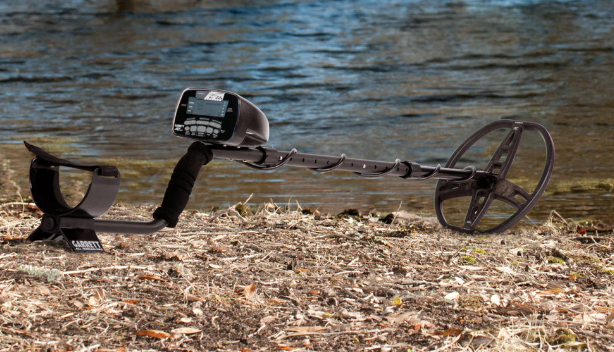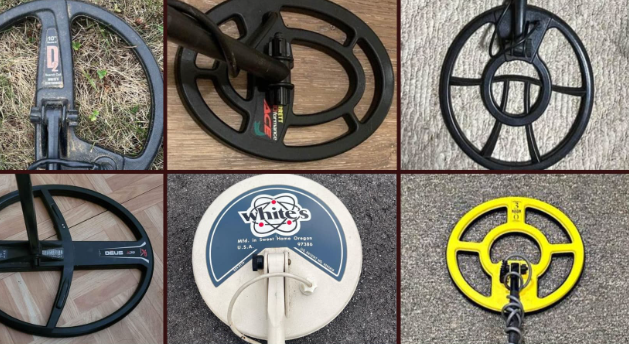How Do Metal Detectors Work (2025 Complete Guide)
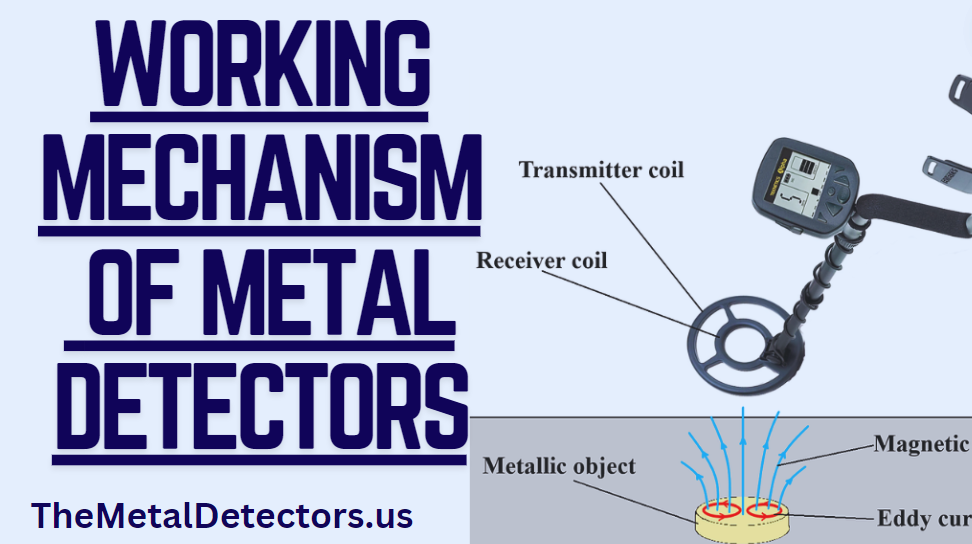
Every person around the world has a different type of hobby or passion. Some People love to find buried metals under the ground. Whether it’s beech, forest, mountains, or any other place, they use a special type of tool called a metal detector. Now, you might be wondering, “How do metal detectors work? “
A metal detector uses an electromagnetic field from its coil to the ground. When the magnetic field enters from the coil of the metal detector into the ground, it detects the presence of metal inside the ground and informs the user through a beeping sound or any specific signal on its screen. Hence, the user learns about the metal buried under the ground.
There are many different types of metal detectors used for specific purposes. They are commonly used for finding metal objects like jewellery, coins, and other metal objects. They are also used in airports, schools, and government agencies for security purposes to ensure that no weapons or harmful metal objects are being carried by any person inside.
This shows how much metal detectors are involved in our daily lives for both entertainment and security purposes. Let’s dive into the details and find out more about how metal detectors work, their applications, and the technologies they use.
Different Parts of a Metal Detector
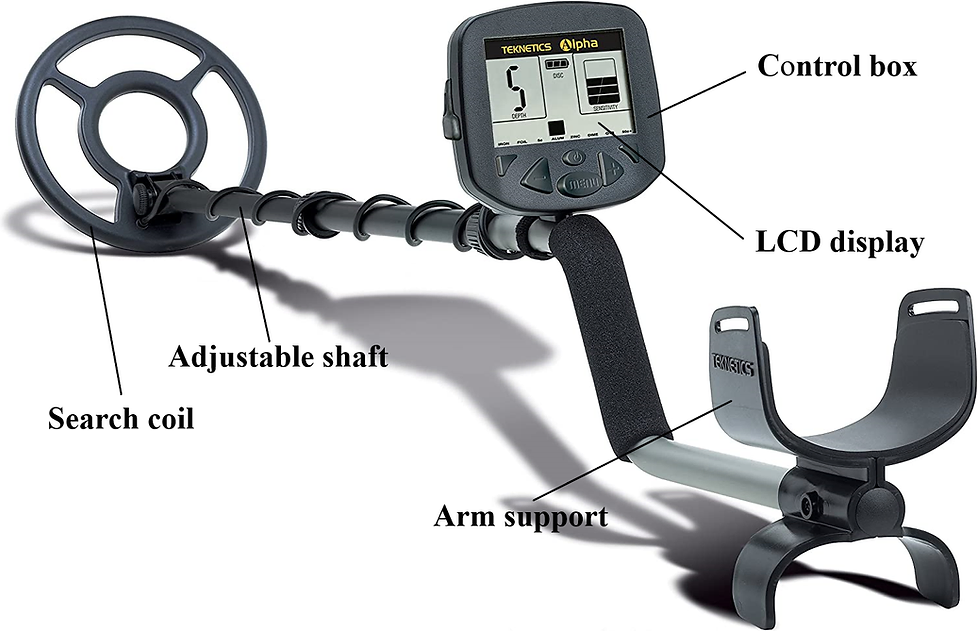
Several objects are connected together to make a fully functional metal detector. Every part has its specific work to do. These parts are:
Control box
The control box in the metal detector is where the transmit signal is generated, processed, and converted into the target response. It also contains the proper cable management to avoid tangling and interference. Nowadays, some metal detectors have display screens that tell the user the intensity of the signal received from the ground.
Search coil
The flat, round-shaped part at the end of the metal detector is called a search coil. Different shapes and sizes of the search coil can affect the sensitivity and depth of detection. It sends an electromagnetic field into the ground and detects magnetic responses from metal objects.
It is a small disk plate covered in plastic that emits an electromagnetic field into the ground. When we turn our metal detector on, it plays a tone sound to tell us that it’s working and then transmits a magnetic field for a few seconds. If a metal object is in our way, the detector detects that object and plays its beeping sound to inform the user.
Shaft
It connects the control box and search coil. It is adjustable, so users can adjust it according to their height so they can comfortably use it. This part helps in directing the detector over the ground.
Armrest
The armrest is located near the control box and towards the end of the shaft. It allows the user to hold and swing the metal detector more comfortably for longer periods by providing support to his arm. The user can continue his search for hours without pain or problems in his arm.
Handle
The handle is the long stick that supports all of the metal detector’s parts. It is used to hold and move the detector wherever the user wants. Some metal detector handles also offer padded grips for added comfort during use.
Cable
The cable transmits the signals to the control box for processing. The coil detects these signals. The cable runs from the search coil to the control box. Proper cable management is necessary to avoid any problems.
Battery compartment
The metal detector’s control box also contains a battery compartment. It contains the batteries that power the detector. You must ensure that the batteries are properly installed and charged for optimal performance.
Display screen
Many metal detectors also offer a display screen on their control box. This screen provides the user with important information, such as the depth of the object, battery life, and the type of metal detected, helping the users understand the signals they receive more accurately.
If you are curious about whether metal detectors detect gold, read our useful insight.
Technologies Used By Metal Detectors
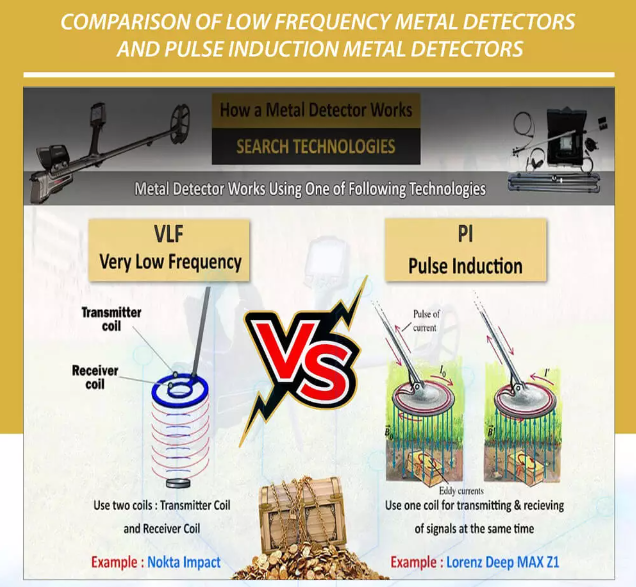
Metal detectors use different types of technologies to detect the presence of metals under the ground. Each technology works in its own way. The three most common technologies used by metal detectors are:
Very Low Frequency (VLF)
The first technology used by metal detectors is VLF ( Very Low Frequency ) technology. It is the most common frequency used by metal detectors. It works by using two coils.
The first is the transmitter coil, which sends out a magnetic field, and the second is the receiver coil, which picks up any magnetic signals from metal objects. These types of detectors are suitable for finding objects like coins, jewellery, etc. They are also known for their ability to distinguish between different types of metals.
Pulse Induction (PI)
The second technology used by metal detectors is PI ( Pulse Induction ) technology. It operates using only a single coil or a series of coils to send short pulses of electromagnetic fields into the ground.
These pulses create A magnetic field, which generates an echo from the metal objects if any are present. They are ideal for detecting metals in highly mineralized soils and saltwater environments. PI detectors are perfect and the most popular beachcombing and underwater detecting.
Beat Frequency Oscillation (BFO)
The third technology used by metal detectors is BFO ( Beat Frequency Oscillation ). It is much simpler and less expensive than VLF and PI. It uses two oscillators in its operation: one in the search coil and the other in the control box.
Whenever a metal is detected, it interrupts the frequencies of the oscillators and starts playing a tone that signals the presence of a metal. These types of detectors are commonly used in basic and entry-level models and are suitable for beginners.
Why Do We Use Metal Detectors?
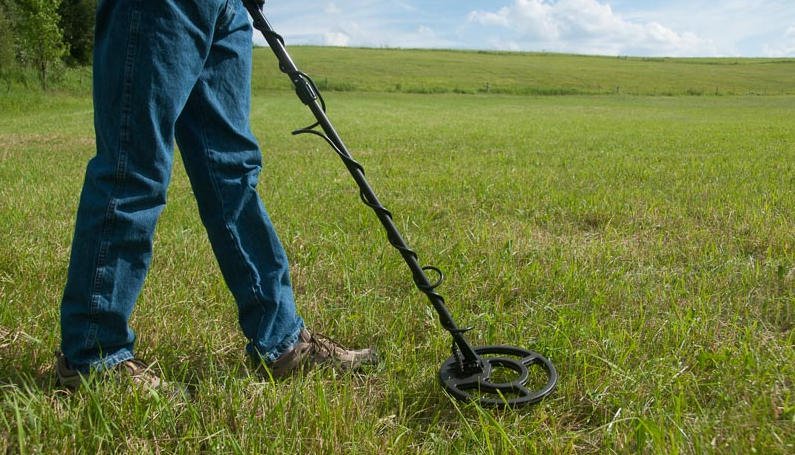
Metal detectors are used for a variety of reasons, which are described below:
Security: Metal detectors are widely used in places like banks, schools, and airports for security purposes. They detect harmful weapons and other dangerous metal objects that could threaten people.
Treasure hunting: Metal detectors are also very commonly used for treasure hunting. Many people use metal detectors to find valuable items such as jewelry, coins, and relics buried underground. Many people enjoy finding different items using metal detectors, and it’s also a very enjoyable hobby.
Archaeology: Metal detectors are widely used in archaeology. Archaeologists use them to locate historical artifacts buried underground for thousands of years. With the help of these detectors, they can discover items from the past without damaging the fossils or the site.
Construction: They are also vital for construction purposes. They can help find buried wires, pipes, and other metal objects at the construction site, reducing the risks of damage or accidents when digging.
Finding lost items: Metal detectors can also be used to find lost items, such as rings or keys. They can help find them even if they are buried or hidden.
You can also buy metal detectors of your choice from here: ” Top 9 Best Metal Detectors of 2024 “
How To Use A Metal Detector For Beach Hunting?
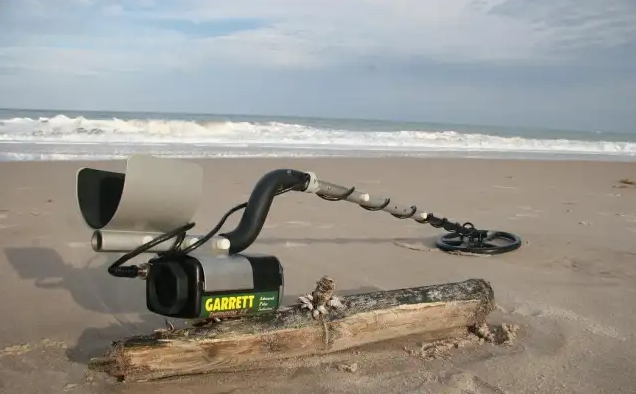
Using a metal detector for beach hunting is quite enjoyable, but you must keep some points in mind. Firstly, you must choose a metal detector suitable for the beach’s conditions. It must ensure it can handle the salty environment and has waterproof coils.
Now, the question arises: which type of metal detectors are best for beach conditions? Metal detectors with PI ( Pulse Induction ) technology are ideal choices for beach conditions. They also perform outstandingly in salty environments.
Pi detectors send powerful, short pulses of current through the coil, which generates the magnetic field. Saltwater and mineralized sand can’t interrupt this detector’s functionality, which is why it provides greater depth and stability. They are a bit less discriminating between different types of metals but are a great choice for finding deeply buried objects.
How To Find Coins and Jewelry Using a Metal Detector?
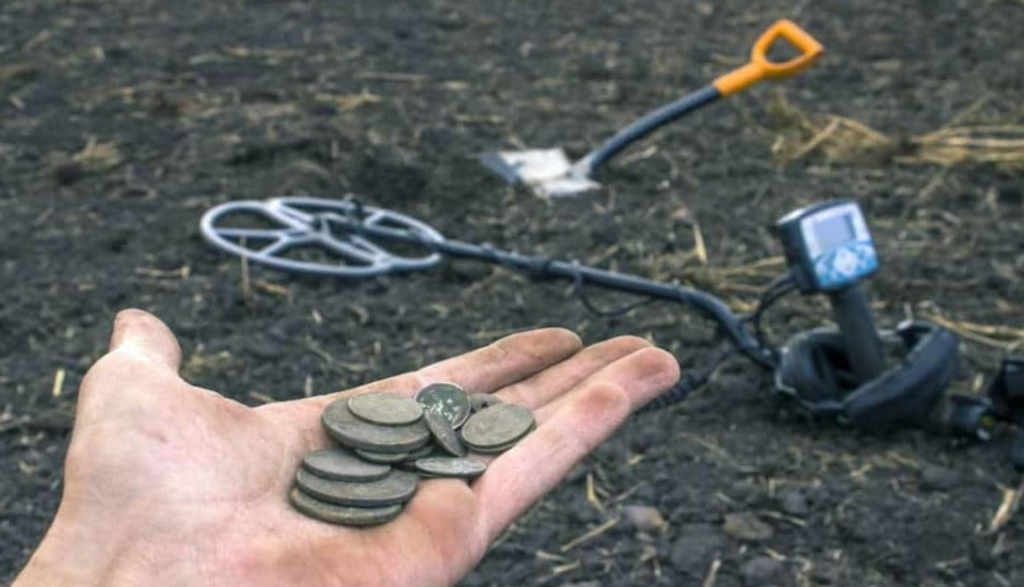
To find coins and jewels using a metal detector, choose one with good differentiation and sensitivity, preferably with multi-frequency or Pulse Induction technology. Set your detector to filter out unwanted metals and adjust the sensitivity for the best results. Concentrate on busy areas such as parks, beaches, and playgrounds, where items are frequently misplaced.
Sweep the search coil back and forth in a consistent, overlapping pattern, moving slowly enough to cover the ground completely. Pay special attention to the signals; clear, consistent tones typically represent cash, but jewellery may give a variety of sounds. When you receive a strong signal, carefully dig in the area and utilize pinpointing mode to determine the exact spot.
After finding desirable items like coins and jewels using your metal detector, look for the holes that you have made during this process. Always fill in those holes back to keep the area clean, tidy, and safe for others. You must also follow local rules and regulations while detecting.
Find all of your answers related to the importance of metal detectors in schools.
Understanding About Security Walk-Through Metal Detectors
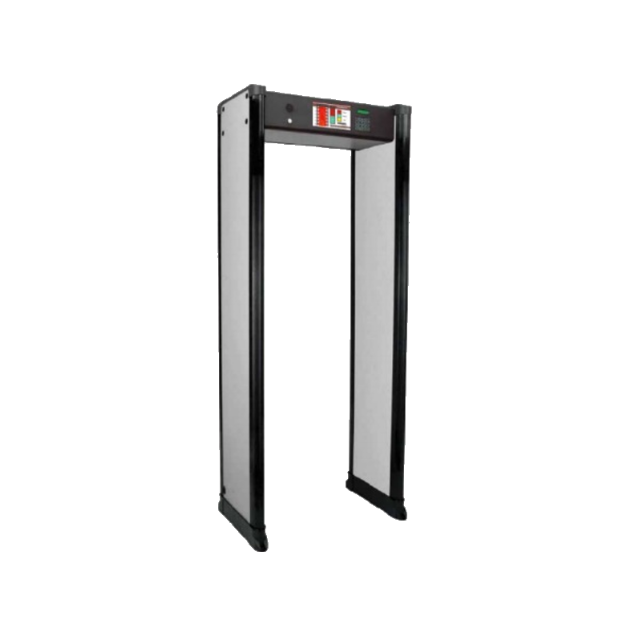
Security metal detectors are a great choice for places like schools, banks, airports, and even government offices. Security walk-through metal detectors are essential devices that enhance safety by detecting hidden metal objects on individuals passing through them. They are commonly used nowadays in specific sectors where security is more concerned.
Work-through metal detectors operate using magnetic fields. Whenever a person walks through the detector, it generates a magnetic field that interacts with metal objects that the individual might be carrying. These metal detectors have been set to a specific frequency of signals; if these signals increase from that certain frequency, the metal detector indicates the presence of metal on the individual.
Usage Tips
Advantages
How To Use Metal Detectors For Relic Hunting
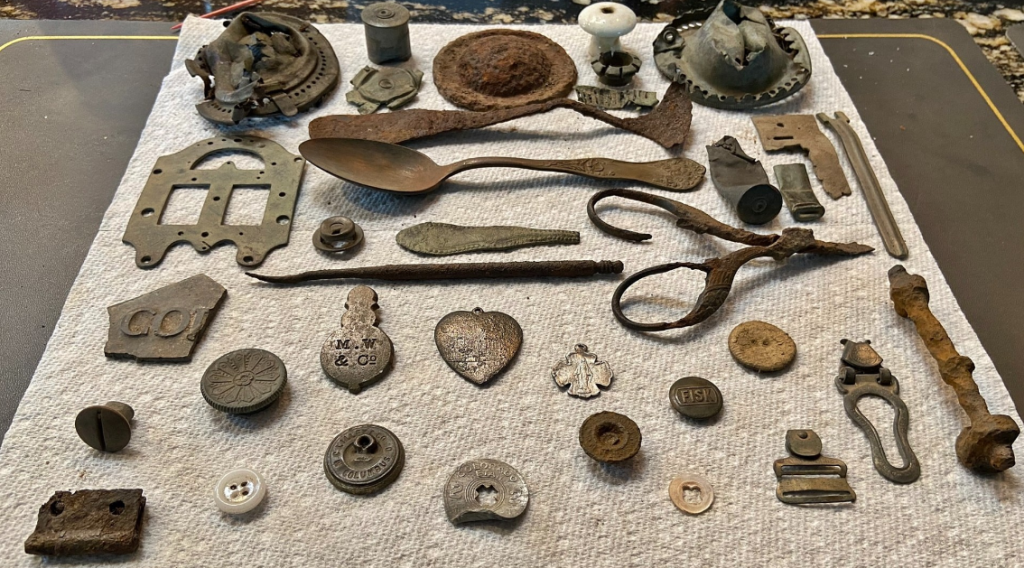
Relic hunting with a metal detector is a thrilling and enjoyable activity. First, you have to choose a good metal detector suitable for relic hunting. A detector with features like good depth range, adjustable sensitivity, and ground balancing is ideal for this.
Metal detectors that use (Pi) technology, multiple frequency, and pulse induction are excellent choices for relic hunting. Search for locations like abandoned homesteads, old battlefields, and historical sites. Check old historical records and libraries to pinpoint the exact locations.
Always make sure to gain permission to search on private properties and protected sites. Now, you have to set up your metal detector’s settings according to the ground conditions and the type of relics you are looking for. Increase the detector’s sensitivity to detect deeply buried relics.
Now, start searching for relics using your metal detector. Keep the metal detector close to the ground and sweep it back and forth. Pay attention to the signals of your metal detector because relics produce different tones, So just be prepared to receive consistent and robust signals. Once you find a relic, you just have to dig in that place.
You must carefully dig into that place using a small shovel or a digging tool. Once you have taken the relic from the ground, gently clean it with a soft brush or water. Avoid using harmful and harsh chemicals that could damage the artifact.
How To Use Metal Detectors For Underwater Detecting
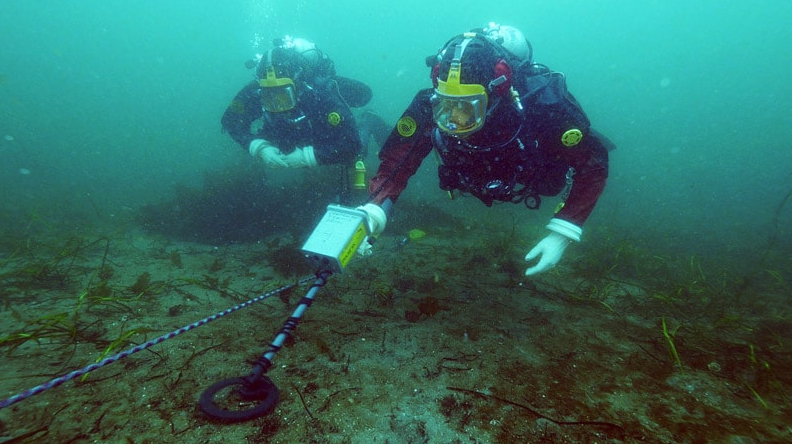
Many people also use metal detectors for underwater metal detecting, which is a lot more fun and exciting. To start with your underwater metal detecting, pick a waterproof detector and ensure that it’s suitable for both salt and freshwater.
The metal detector you have picked must also handle the depth to which you are planning to dive.
After finding a suitable detector, check and make sure that you have the proper gear for underwater metal detection. The gear for underwater metal detecting includes a wetsuit, mask, snorkel, and fins. You must also use gloves to protect your hands while digging.
Now, adjust the sensitivity and discrimination of your metal detector according to the underwater conditions. The discrimination filters out all the unwanted objects, and the higher sensitivity will also help detect small items. After applying all the required filters and settings, move your metal detector slowly toward every direction just above the water.
Listen to the sounds and beeps of your metal detector carefully. Strong signals indicate more valuable items like jewellery or coins. When you confirm the presence of any item through signals, it’s time to dig at that place and remove it.
Once you have taken that item out carefully, rinse and wash it with water. Always follow the rules and regulations during this process.
How To Use Metal Detectors For Crime Scene Investigation
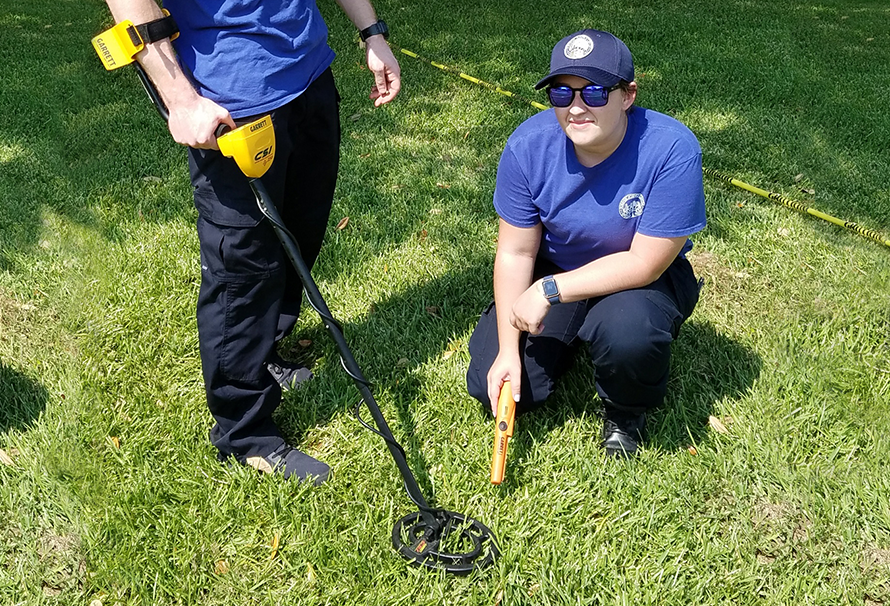
Metal detectors can be very helpful at crime scenes. They can find evidence related to the crime and the items used in that crime. Metal detectors make it much easier for detectives to find evidence and get to the culprit quickly.
First, you need a metal detector with high sensitivity and good discrimination to find small, sharp objects like bullets, knives, and shell casings. You must wear gloves to avoid disturbing the culprit’s fingerprints in the evidence. Then, move the coil slowly throughout the crime scene area and listen to the detector’s signals and sounds carefully.
A strong and clear signal will indicate the presence of a metal object. When you receive a signal and find evidence, gently grab and lift the item with a towel and clean it with a brush. Make sure to not damage the evidence.
You can also document everything and take photos of the evidence. Always follow standard procedures for handling and documenting evidence to ensure its morality In court.
Using Metal Detectors For Marine Search and Recovery
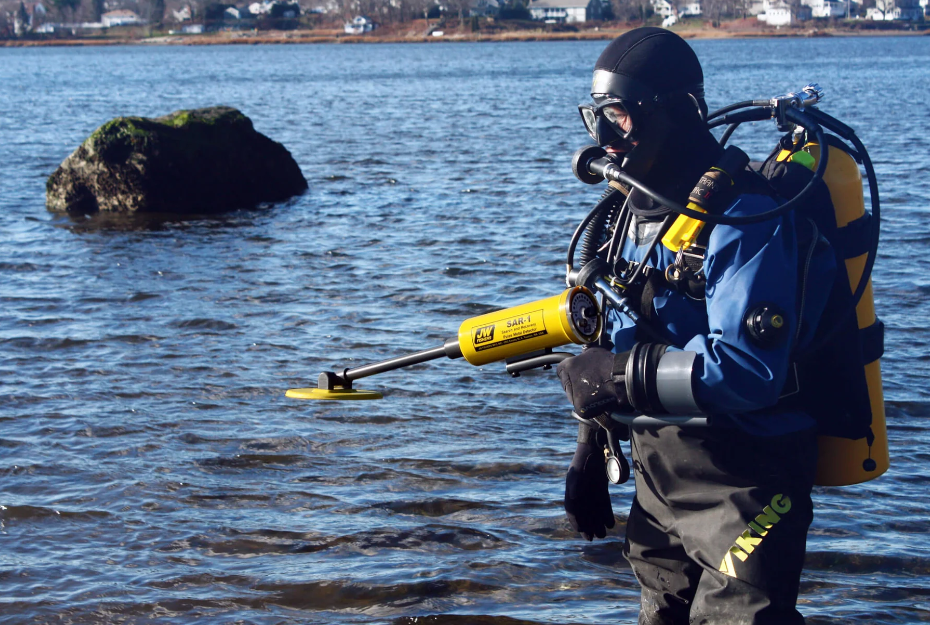
Finding lost and sunken items in rivers, lakes, and oceans is a very soothing experience. Metal detectors that can find and detect items underwater are also called magnetometers. They can reach depths of up to 50 meters with much greater efficiency and accuracy than all the other metal detectors.
This is because these magnetometers are socially designed for this purpose. Metals like iron and steel can be found in depths of around 200 meters. That’s why the magnetometers are an ideal choice for marine search and recovery.
Another popular type of metal detector for marine and search recovery is the handheld metal detector. They are usually used with the dredge pumps to find gold, silver, and other metal objects more quickly and efficiently. These dredge pumps are often programmed to float and move over the area, which also saves your precious time.
Here’s a step-by-step guide on how to use the metal detectors for marine search and recovery purposes:
Choosing the right detector
For your marine search and recovery, you need a metal detector that is waterproof and has a good frequency to handle underwater depths.
Prepare your gear
You will also need the required gear to detect underwater. These include a wetsuit, mask, snorkel, fins, and gloves for protection.
Adjust the sensitivity
Set the detector to a specific sensitivity to detect small items and also adjust discrimination to filter out all the unwanted objects.
Examine Carefully
After adjusting the sensitivity and discrimination of your metal detector to the required level, move your detector’s coil slowly and steadily and look for any items.
Listen for Signals
Pay attention to the detector’s sounds. Clear, strong signals usually indicate metal objects.
Carefully Retrieve Items
When you get a signal, carefully use a hand scoop or small shovel to dig and sift through sand or mud.
Clean and Examine Finds
Rinse retrieved items in water to remove sand and dirt. Check and store them safely.
Follow Safety Guidelines
Always dive with a buddy and follow local rules and regulations for underwater searching. Obtain necessary permissions.
Conclusion (How Do Metal Detectors Work)
In conclusion, metal detectors use electromagnetic fields to detect and locate hidden metal items. When the detector’s coil generates a magnetic field, it interacts with any metal present to produce a signal. When the detector finds metal, it emits a buzzer sound or displays a visual indicator.
With the knowledge of ” how do metal detectors work” and how to adjust their settings, you can efficiently locate a variety of metal objects, from misplaced jewelry to historical artifacts. Metal detectors are useful equipment that provides excitement and satisfaction to any search, whether beach exploration or relic hunting.

